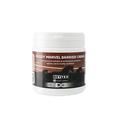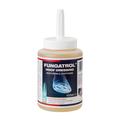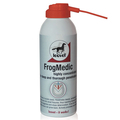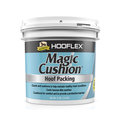What is Mud Fever?
Mud Fever is a bacterial skin infection which affects the lower legs and feet of horses. The condition is characterised by redness and swelling, painful sores or scabs, as well as hair loss and discharge in many cases. If not treated early, infection can progress further up the leg.
Causes
Persistently wet and muddy conditions such as those occurring in autumn and winter can weaken the skin and leave it open to infection. Constant moisture, along with trauma from mud, grit and sand, expose the skin and create abrasions for bacteria to invade and thrive.
The types of bacteria that typically cause Mud Fever are Staphylococcus, Dermatophilus congolensis, mange mites and ringworm. The causative organisms can sometimes be spread from horse to horse through the sharing of grooming supplies, boots and wraps.
Symptoms
If you suspect your horse has Mud Fever, you are probably right.
Generally speaking, symptoms tend to develop on the pastern and heel areas of the foot. You may notice redness, inflammation or a crusty appearance of the skin. Scabs and a white, yellow or greenish discharge may also be evident.
Treatments
Preventing Mud Fever is easier than trying to cure it. Once a horse experiences a bout of infection, it’s likely they will experience one again.
When it comes to Mud Fever prevention, the aim is to keep the feet as clean and dry as possible.
- Avoid wrapping the feet as this will hold moisture against the skin, keeping the feet wetter for longer. Sometimes the use of bandages can be effective if the skin beneath is properly treated before they’re applied.
- Be careful not to over-moisten the feet when washing them after exercise or turnout but wait until the mud is dry and brush it off.
- A barrier cream applied directly to the skin will help repel moisture and mud.
- If your horse is heavily feathered, clip the hair to allow it to dry more quickly. Feathered hair traps moisture and gives mud something to cling to.
- Rotate fields if possible and fence off particularly muddy areas.
- Use an antiseptic wash to remove moist scabs and treat the organisms underneath with a surgical scrub, medicated shampoo or mild disinfectant/iodine wash.
- In severe cases, stabling your horse might be the only effective solution. Make sure bedding is kept clean and dry.
If you have any suggestions on Mud Fever prevention, please share them with our other readers in the comments below. For further advice on treating an infection, please see your vet or email us at [email protected].
Written by: Hannah










